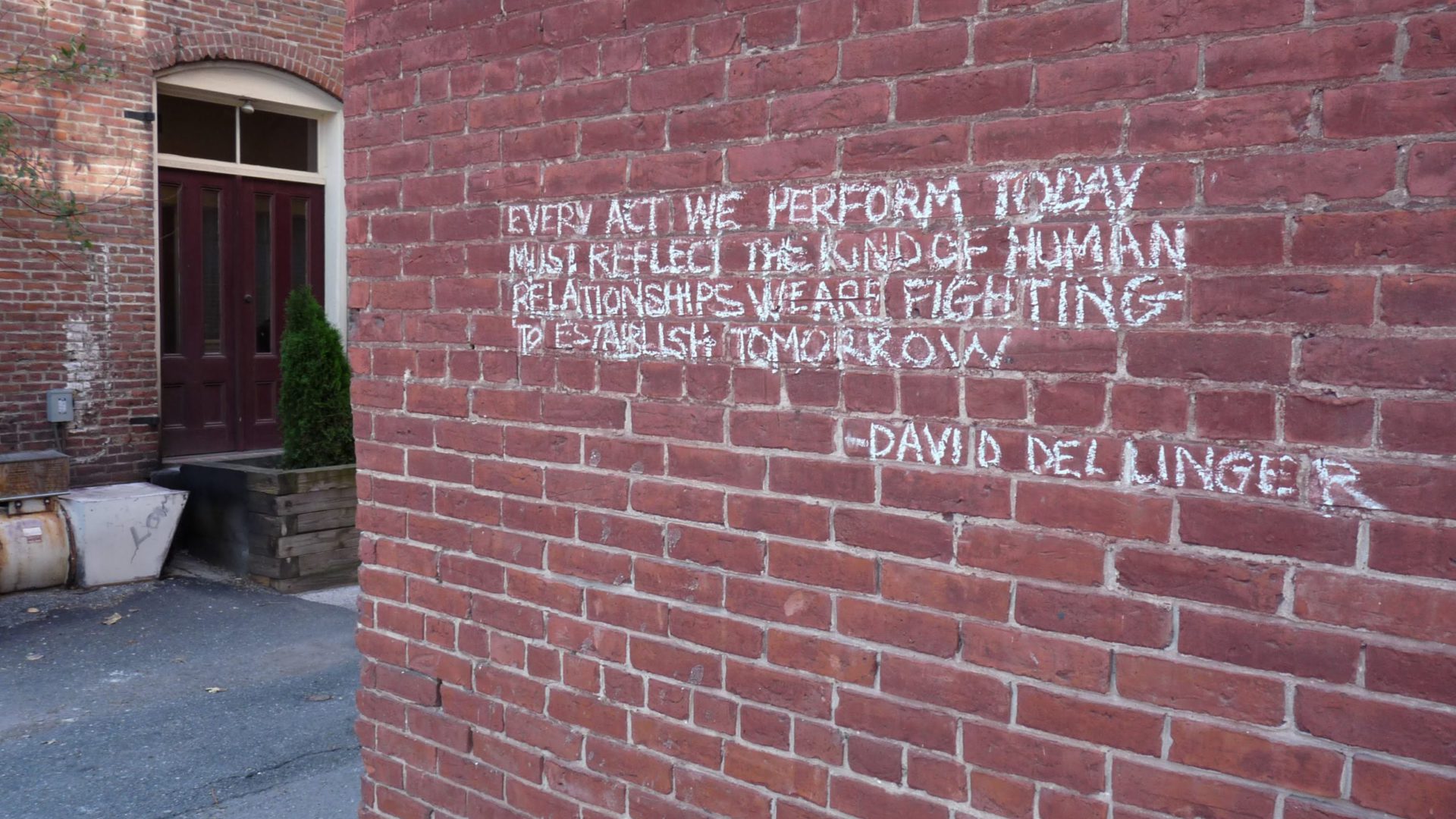The Hill
See the original article here.
It’s been a banner summer for climate-related disasters. Wildfires devastated Maui, a tropical storm slammed low-lying desert communities in Southern California, record flooding in Vermont inundated the state’s capitol, and Hurricane Idalia battered the Gulf Coast.
If it feels like disasters are happening more often, it’s because they are — major disaster declarations have been increasing each year since the government started collecting data in the 1950s.
With more and more disasters occurring across the U.S., now is the time to discuss the long-term role of the federal government in helping survivors recover. The insurance market has been withdrawing from states, and while civil society organizations are often more nimble and responsive than government agencies, they often lack the resources to provide comprehensive relief. The federal government is currently the only entity well-positioned to provide more comprehensive assistance.
But the state of the agency tasked with providing that relief — Federal Emergency Management Agency (FEMA) — suggests that Congress’s response so far has been a collective shrug.
No better indicator of this apathy exists than the state of FEMA’s Disaster Relief Fund, which provides public and individual assistance after a disaster is declared. According to a monthly report issued to Congress by the agency in July 2023, the fund is $4.3 billion in the red. The National Flood Insurance Program (NFIP), which is managed by FEMA and provides insurance to 4 million Americans, is $20 billion in debt to the U.S. Treasury, with interest on that debt amounting to around $1 million daily.
So what can Congress do?
First, politicians must prioritize the safety of their constituents. That means not only replenishing FEMA’s Disaster Relief Fund but also appropriating more money for the Hazard Mitigation Grant, Flood Mitigation Assistance, and Building Resilient Infrastructure and Communities programs. This doesn’t mean handing FEMA a blank check. The agency has received a lot of criticism, both externally and internally, for how it distributes assistance and grants. Funding should come with requirements for grant application assistance for small communities and marginalized people.
Second, Congress can forgive NFIP’s debt. It wouldn’t be the first time — in 2017, Congress erased $16 billion in post-Katrina debt to the Treasury. Congress can do this again. There is no economic risk if Congress erases debt between two parts of the same federal government. The terms of any further borrowing can also remove interest so that money paid back to the Treasury goes directly to the principal. NFIP has paid $5.71 billion in interest alone since Hurricane Katrina.
The NFIP has historically offered low rates to homeowners in flood-prone areas due to discounts for pre-flood map and grandfathered policies. The program has already launched a new risk-rating methodology that reflects actuarial risk for many communities. While this helps with the program’s financial difficulties, the new methodology increases premiums for many communities. The amount of money that NFIP has spent on interest could have been used on flood mapping and floodplain management, both of which are underfunded and have the potential to bring down costs and mitigate disasters. Accurate flood maps also allow the agency to communicate risks and identify more communities needing coverage, which can expand the insurance pool and potentially bring down premiums.
Civil society organizations and the market are not currently positioned to comprehensively assist survivors of disasters, and state and local governments rely on the federal government for post-disaster assistance in rebuilding infrastructure. This leaves the federal government as the only actor currently with the resources to help Americans recover. Congress has to step in and support survivors with the funding and reforms necessary to not only rebuild homes and lives, but also to build resilient communities throughout the U.S.
This problem is not going away. Now is the time to plan for the future.



